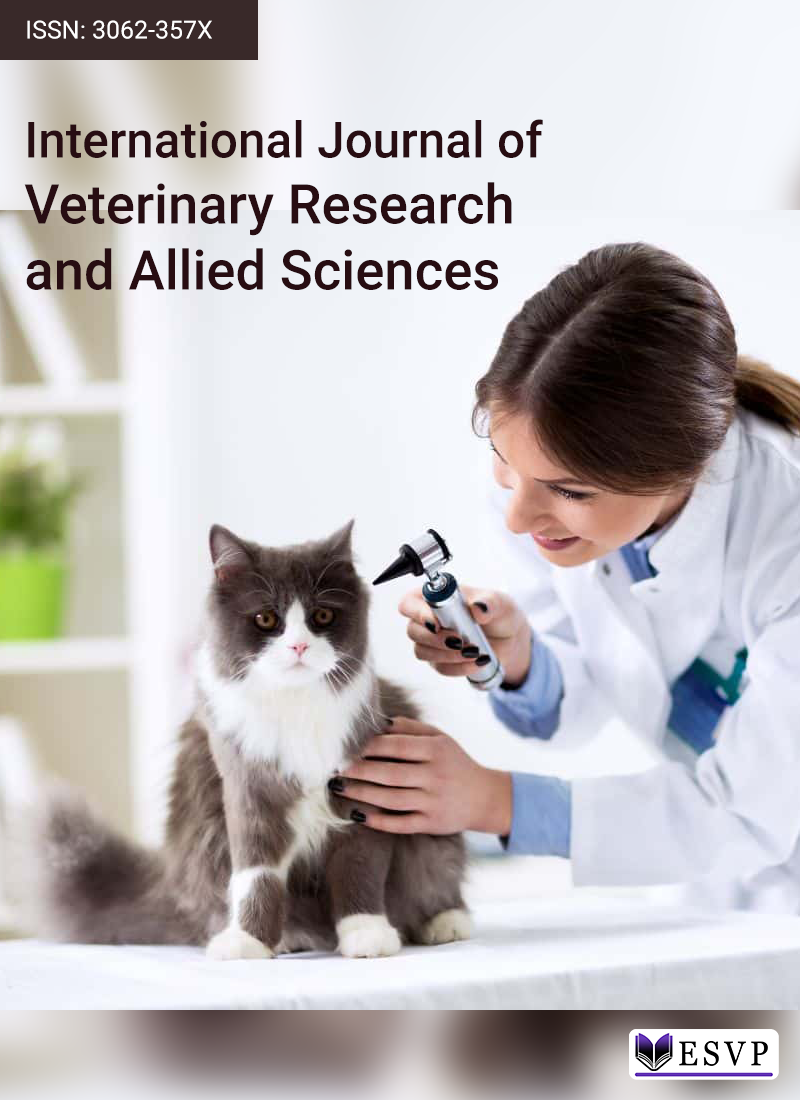
The rapid increase in global trade and travel has facilitated the evolution of various viral pathogens, enabling them to adapt to new hosts and expand their environments. Among these emerging viruses are the hantaviruses, which are primarily transmitted by small rodents, particularly rats. When these viruses are transmitted to humans, they can lead to two major clinical syndromes: renal syndrome associated with hemorrhagic fever and Hantavirus cardiopulmonary syndrome. Humans are generally infected through exposure to aerosols from contaminated rodent urine, feces, or saliva. While human-to-human transmission is rare, the virus’s spread is highly dependent on rodent hosts. Hantaviruses belong to the family Bunyaviridae, specifically the genus Orthohantavirus, and are characterized as single-stranded, negative-sense RNA viruses enveloped in the order Bunyavirales. Although hantavirus research is progressing globally, it remains limited. The recent emergence of the coronavirus has spurred further research into hantaviruses, aiming to curb viral spread through new vaccines. This review highlights the pathophysiology, molecular mechanisms of hantavirus progression, and recommended measures to protect public health.